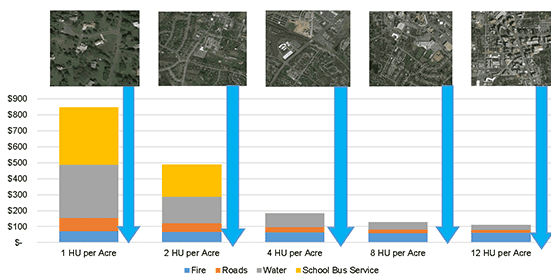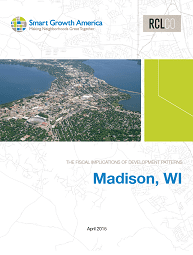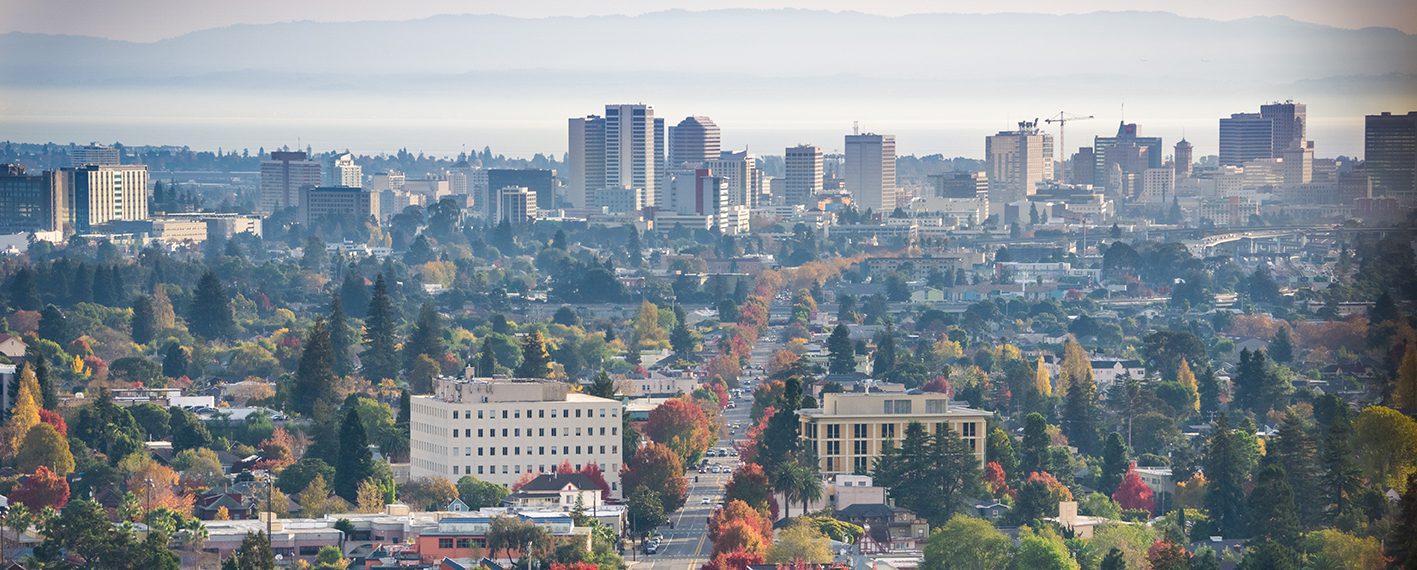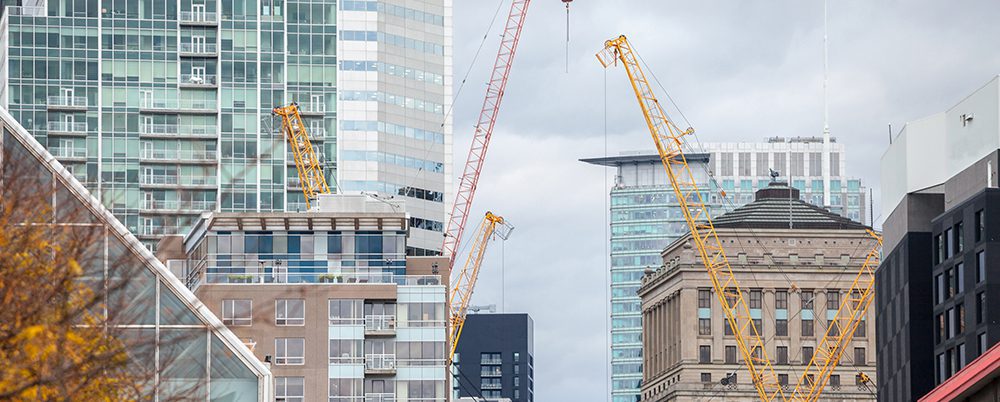Finding the Market for the Long-Term Vision

Long-range projects, especially those in challenging locations, are very hard to plan, whether sponsored by the public or private sector. On the one hand is the vision—the far-reaching, often overly ambitious dream of what a place or a project can be. On the other hand, is the current market—which may be dismal and suggest at best a low-density strip center. How can champions of long-term projects find the spot between the current market and the long-term vision that can actually be developed successfully? It’s what’s possible, but not necessarily probable.
RCLCO has worked on many of these types of projects over the years. They range from figuring out the development potential around stations of a future transit corridor in Charlotte to determining the right mix of land uses for a new city in Florida. There are some great examples throughout the country of projects outperforming what the market at the time the project was initiated would have suggested. Who would have thought in 1964 that Reston, Virginia, would become what it is today? Or that downtown Chattanooga could be redeveloped so successfully?
Understanding the market for a long-term project, particularly one that is not consistent with current market conditions, requires different techniques than understanding a project that will be built in the next three to five years. RCLCO has an approach that considers long-term projections, case studies of successful projects in other areas, surrounding land uses, directions of growth in a region, the impact of transportation, and changing demographics. Here is what we have found that visionary, successful long-term projects have in common:
- Someone with a vision and the ability to stick with a project long-term. A great example is Milt Peterson, who developed National Harbor in Prince George’s County south of Washington, D.C.
- Access to money. Many of the projects that overshoot the market but end up being successful require a tremendous amount of capital. They need to look great. Great places are created by beauty, and that takes considerable upfront money. An excellent example of this is Lake Nona in Orlando.
- Creating the elusive “sense of place.” This really matters. Great places are created because people want to be there—whether to shop, work, eat, play, or live. The land uses have to work together seamlessly. There needs to be the “right” mix of land uses, and they need to be located rationally.
- Location. Typically a location within the Favored Quarter of growth is helpful—one can project the development moving towards some of these projects. People and businesses are most likely to want to move and have the necessary resources to afford new construction. Even exurban locations in the Favored Quarter tend to be relatively accessible to jobs, services, and retail. This doesn’t mean that a project out of the Favored Quarter can’t be successful (just look at The Woodlands in suburban Houston), but it might take more time and money. Strong locations are also found in redeveloping areas, but it’s typically harder to find enough land to make it a long-term project.
- Planning for future density and taking an incremental approach. Many of these great places, especially those that create higher density in low-density environments, build up in intensity over time. They are planned for a stepped market approach, and planners work to understand how a future parking lot, for example, can be integrated into a parking structure in the future. This was done in Reston Town Center, and a current good example is the redevelopment of downtown Columbia, Maryland.
- Planning for market cycles. Any long-term project is going to live through multiple market cycles. Being prepared to slow down, save capital, and then fire back up at the right time is very important. These projects, and the people who work on them, have to be nimble. A great example is The Woodlands.
- The market. Even with a fantastic vision, there are still limits to the possible market. This depends on where else this great place could go in the region, how the region overall is expected to perform in terms of its economy and household growth, what else is planned in the area, the vibe of the region, the size of the property, and the part of the country you are located in, among many other considerations.
Working on long-term projects is exciting, and provides practitioners, champions, owners, the public sector, and developers a hand in shaping the future. Not all great places will be the same, and with a lot of patience, an understanding of the future market potential, and a little luck, we can continue to create great places where people want to live, work, and play.
Disclaimer: Reasonable efforts have been made to ensure that the data contained in this Advisory reflect accurate and timely information, and the data is believed to be reliable and comprehensive. The Advisory is based on estimates, assumptions, and other information developed by RCLCO from its independent research effort and general knowledge of the industry. This Advisory contains opinions that represent our view of reasonable expectations at this particular time, but our opinions are not offered as predictions or assurances that particular events will occur.
Related Articles
Speak to One of Our Real Estate Advisors Today
We take a strategic, data-driven approach to solving your real estate problems.
Contact Us







